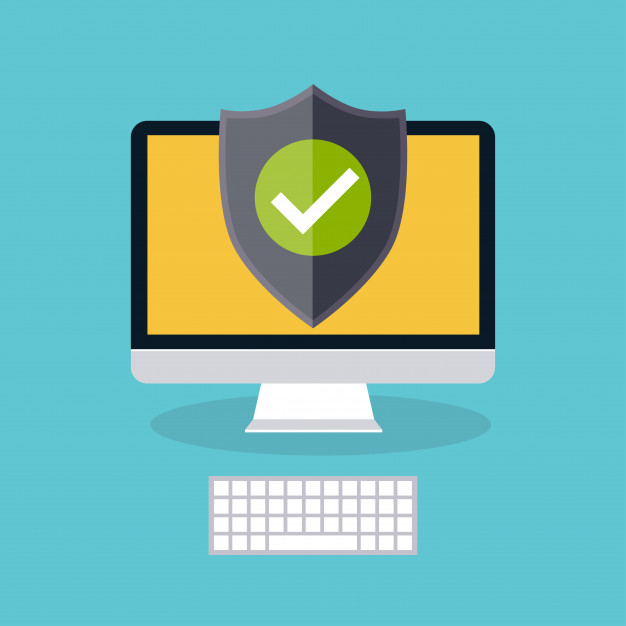If you are running a website for your business, then you must know how to check a site for malware. It’s also essential that you know what steps to take to limit the chances of your site being infected by malware in the first place. Here is a quick guide to help.
How to check a site for malware
The most straightforward way to check a site for malware is to have it scanned by a website vulnerability scanner. You can do this as an ad hoc check, but the safest option by far is to invest in a subscription so that your site is scanned 24/7/365. What’s more, if you go down this route, you will generally get a web applications firewall as part of the deal, so you have even more protection.
How to limit the chances of your site being infected by malware
The good news for SMBs is that keeping your site free of malware generally depends more on common sense, thoroughness, and robust processes than on expensive security solutions. Here is what you need to know.

Security starts with your choice of host
Once you start looking for a website host, you’ll quickly discover that there are countless hosting vendors looking for your business and most, if not all, of them, will have a range of hosting options from which to choose.
The good news is that you can often trim down this list fairly quickly by looking at metrics such as their track record on security, uptime, page-loading time, customer service, and technical support. These often tend to be interlinked. In other words, companies that know how to maintain effective security can limit outages which reduce their uptime and page-loading time. They also tend to understand how to look after their customers.
Once you’ve chosen your host, you need to choose your hosting package. Although it may be tempting to go for the lowest-priced deal you can find, this is one instance where spending a bit more money upfront can actually save you money over the longer term.
Bluntly, if you don’t understand how to manage your hosting to maintain proper security, then the most pragmatic approach may be to spend a little extra on a dedicated server and have your host manage it for you (as an add-on service).
It’s important to manage your software carefully
Website creation is possibly the only area of business in which SMBs, even larger ones, can, in principle, get all the tools they need for free. It is, however, important to remember that the absence of a vendor also means the absence of vendor support.
This means that you either have to know what you’re doing yourself or hope that support is available for free or be prepared to pay for third-party support from a third-party vendor who knows their way around whatever software you’re using.
Of course, the likelihood of finding any sort of third-party support (free or paid) depends largely on the popularity of the software you are using. This is a strong argument for sticking with the mainstream content management systems and third-party add-ons, especially the latter.
In short, there are only a few CMSs in common use but there are countless third-party extensions for them. These vary from key add-ons just about everyone uses to blatant malware via niche applications and software developed with good intentions but by developers with a poor skillset. Then, there’s software that used to be great but has long since been abandoned and has, therefore, become a security threat.
This means that the safest approach by far is to stick to the mainstream, third-party extensions, which add important functionality and have widespread support. Even then it’s advisable to test them thoroughly before deploying them in production.
Whatever software you use, commit to learning how to get the most out of it from a security perspective (or employing a third-party vendor who can deal with this for you). In particular, you want to ensure that all default settings are changed if at all possible. Also, commit to keeping it updated. Any out-of-date software is a security vulnerability and open-source software is particularly vulnerable as it is so easy for malicious actors to inform themselves of the vulnerabilities in older versions of it.
It’s vital to manage and monitor your administrators
Administrator accounts are basically keys that unlock your website’s entire functionality, including its security. They, therefore, need to be kept to a minimum, only given to people you trust and carefully monitored to ensure that they are not abused.
Please click here now to have your website scanned, for free, by cWatch from Comodo.
how to protect dns server from ddos attack
© 2025 Comodo Security Solutions, Inc





